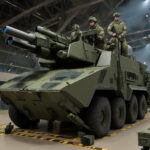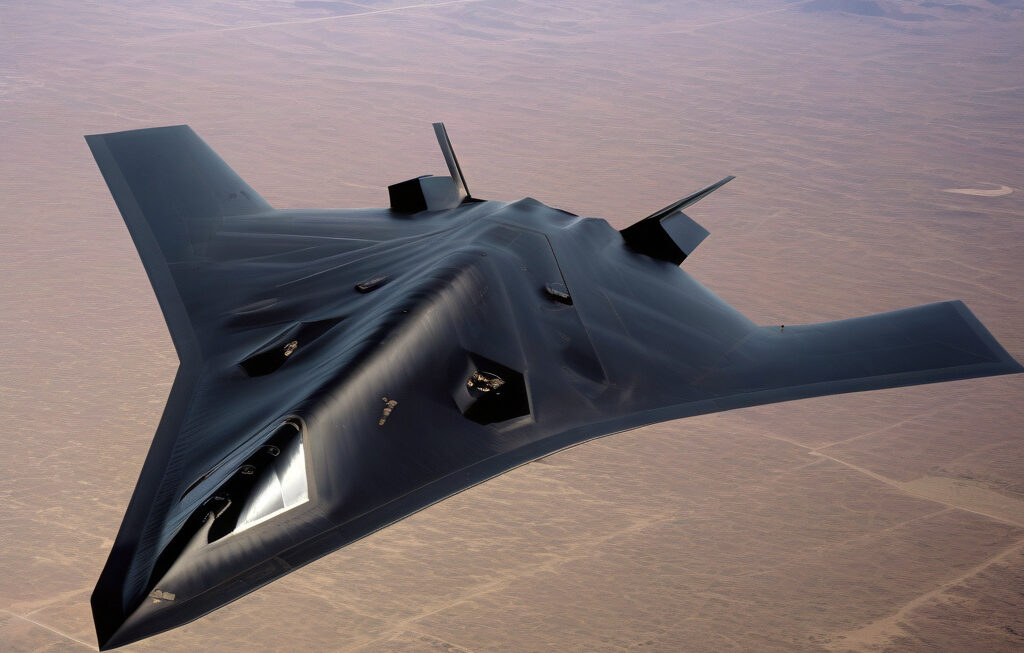US’ Next-Gen Interceptor with Solid Rocket Motor Tested to Perform Better Against Threats
Two defense firms have successfully conducted solid rocket motor tests for the U.S. Army’s Next-Generation Interceptor (NGI) program. Lockheed Martin and Northrop Grumman, the defense giants leading the development of the NGI system, have achieved a significant milestone in enhancing the country’s missile defense capabilities. The successful test marks a crucial step forward in the United States’ efforts to bolster its defense systems against evolving threats.
The NGI program aims to develop a cutting-edge missile defense system to counter emerging threats from adversaries. By incorporating a solid rocket motor into the interceptor, the system is expected to deliver improved performance, speed, and accuracy in neutralizing incoming hostile missiles. The use of solid rocket motors offers several advantages over traditional liquid propulsion systems, including higher energy density, increased reliability, and quicker response times.
One of the key benefits of solid rocket motors is their ability to provide a significant thrust-to-weight ratio, enabling the interceptor to rapidly accelerate and intercept targets with precision. This enhanced speed and agility are critical in ensuring that the NGI system can effectively respond to advanced threats, such as hypersonic weapons, maneuverable reentry vehicles, and other sophisticated missile technologies being developed by potential adversaries.
Moreover, the use of solid rocket motors enhances the operational flexibility of the NGI system, allowing it to be deployed in a wider range of scenarios and environments. Whether defending against ballistic missile attacks or countering aerial threats, the versatility of solid rocket motor technology equips the interceptor with the necessary capabilities to address diverse challenges effectively.
The successful testing of the solid rocket motor represents a significant technological advancement in missile defense capabilities, showcasing the innovative solutions being developed by defense contractors to stay ahead of evolving threats. By harnessing the power of solid rocket propulsion, the NGI program is poised to set new standards in intercepting and neutralizing incoming missiles, safeguarding the nation and its allies from potential harm.
As the development of the Next-Generation Interceptor continues to progress, the integration of solid rocket motor technology underscores the commitment of the United States to staying at the forefront of missile defense innovation. With adversaries constantly seeking to enhance their offensive capabilities, investing in advanced defense systems like the NGI is essential to maintaining a credible deterrence and ensuring national security in an increasingly complex threat environment.
In conclusion, the successful solid rocket motor tests conducted by Lockheed Martin and Northrop Grumman for the U.S. Army’s Next-Generation Interceptor program represent a significant advancement in enhancing the country’s missile defense capabilities. By leveraging the benefits of solid rocket motor technology, the NGI system is poised to deliver superior performance against evolving threats, reaffirming the United States’ commitment to staying ahead in the realm of missile defense.
defense, technology, innovation, missiledefense, USArmy












